Bioluminescent Organisms
Bioluminescence is the production and emission of light by a living organism. Bioluminescence is a naturally occurring form of chemiluminescence where energy is released by a chemical reaction in the form of light emission.Fireflies, anglerfish, and other creatures produce the chemicals luciferin (a pigment) and luciferase (an enzyme). The luciferin reacts with oxygen to create light. The luciferase acts as a catalyst to speed up the reaction, which is sometimes mediated by cofactors such as calcium ions or ATP. The chemical reaction can occur either inside or outside the cell. In bacteria, the expression of genes related to bioluminescence is controlled by an operon called the Lux operon. Bioluminescence occurs in marine vertebrates and invertebrates, as well as fungi, microorganisms and terrestrial animals. Symbiotic organisms carried within larger organisms are also known to bioluminesce.
Characteristics
Bioluminescence is a form of luminescence, or "cold light" emission; less than 20% of the light generates thermal radiation. It should not be confused with fluorescence, phosphorescence or refraction of light.
Ninety percent of deep-sea marine life are estimated to produce bioluminescence in one form or another. Most marine light-emission belongs in the blue and green light spectrum, the wavelengths that can transmit through the seawater most easily. However, certain loose-jawed fish emit red and infrared light and the genus Tomopteris emits yellow bioluminescence.
Non-marine bioluminescence is less widely distributed. The two best-known forms of land bioluminescence are fireflies and glow worms. Other insects, insect larvae, annelids, arachnids and even species offungi have been noted to possess bioluminescent abilities.
Some forms of bioluminescence are brighter (or exist only) at night, following a circadian rhythm.
Bioluminescent phytoplankton
All cells produce some form of bioluminescence within the electromagnetic spectrum, but most are neither visible nor noticeable to the naked eye. Every organism's bioluminescence is unique in wavelength, duration, timing, and regularity of flashes. Below follows a list of organisms that have been observed to have visible bioluminescence.
Terrestrial organisms
Animals:
Fungi:
These glow in the dark mushrooms are native to a disappearing forest habitat near São Paulo, Brazil. Growing to a mere 8 millimeters tall, these mushrooms, known as Mycena luxaeterna, meaning eternal light mushrooms, emit their eerie neon-green glow 24 hours a day. Although there are an estimated 1.5 million species of fungi on Earth, only 71 species are thought to be bioluminescent.
several species of Mycena
Fish:
Marine invertebrates:
Micro Organisms:
Members of the marine bacterial family Shewanellaceae, Shewanella hanedai and Shewanella woodyi have also been shown to be bioluminescent
Fungi – A total of 71 species are bioluminescent, including species of Armillaria, Omphalotus, Mycena, Gerronema, Pleurotus.
Examples
Flying and glowing firefly, a.k.a. Photinus pyralis,

Female of Lampyris noctiluca, the Common Glowworm.

Firefly larva
of cuttlefish and squid contain species with the ability
 |
Example of a bioluminescent species of mushroom... |
...glowing with the lights off.
Firefly (species unknown) with and without flash.
A rainbow colored Comb Jellyfish near Antarctica.
Attracting mates
The attraction of mates is seen actively in fireflies, which use periodic flashing in their abdomens to attract mates in the mating season.
In the marine environment, use of luminescence for mate attraction is well documented only in ostracods, small shrimplike crustaceans. Pheromones may be used for long-distance communication, with bioluminescence used at close range to enable mates to "home in".
Distraction
Certain squid and small crustaceans use bioluminescent chemical mixtures or bioluminescent bacterial slurries in the same way as many squid use ink. A cloud of luminescent material is expelled, distracting or repelling a potential predator, while the squid or crustacean escapes to safety
.
.
Repulsion
Aposematism is a widely used function of bioluminescence. It is suggested that many firefly larvae glow to repel predators. Millipedes have been shown to glow for the same purpose
Communication
Communication between bacteria (quorum sensing) plays a role in the regulation of luminesence in many bacterial species. Using small extracellularly secreted molecules, they are able to adapt their behavior to turn on genes for light production only when they are at high cell densities.
Illumination
While most marine bioluminescence is green to blue, the Black Dragonfish produces a red glow. This adaptation allows the fish to see red-pigmented prey, which are normally invisible in the deep ocean environment where red light has been filtered out by the water column

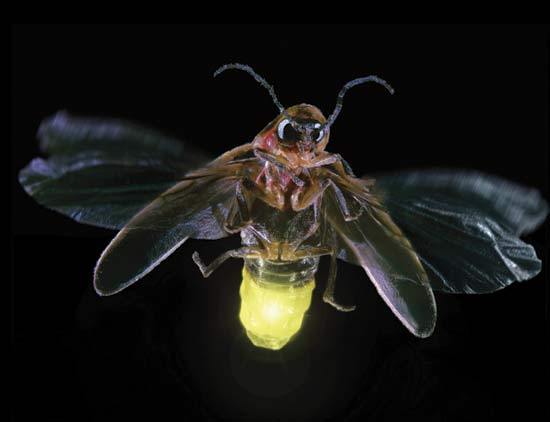








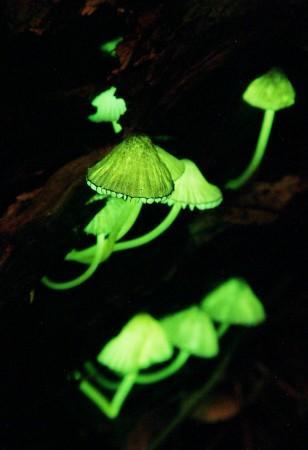



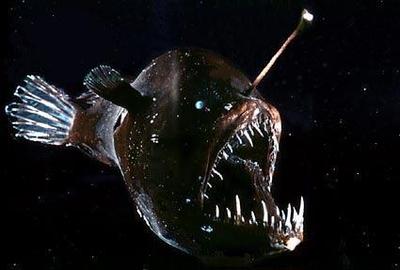




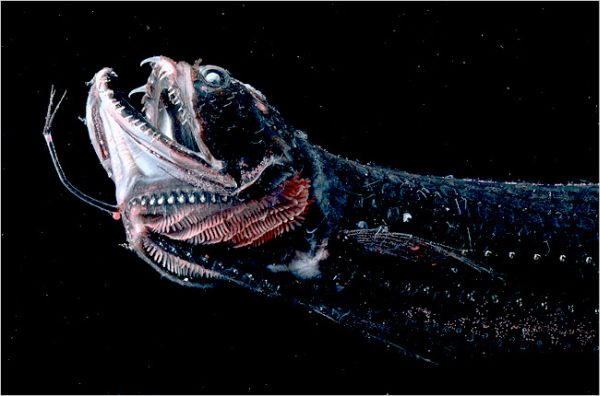


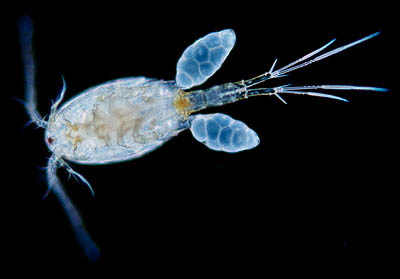




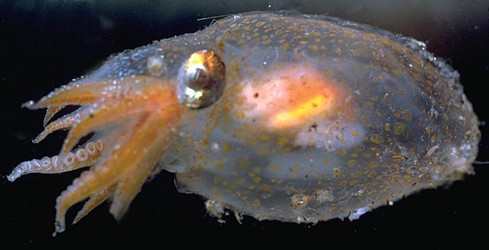
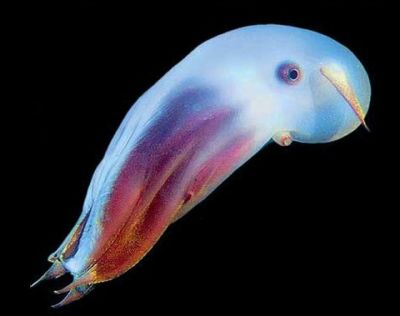

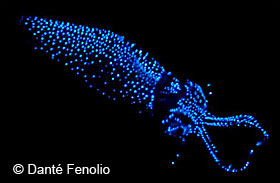



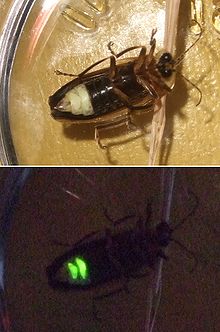


No comments:
Post a Comment